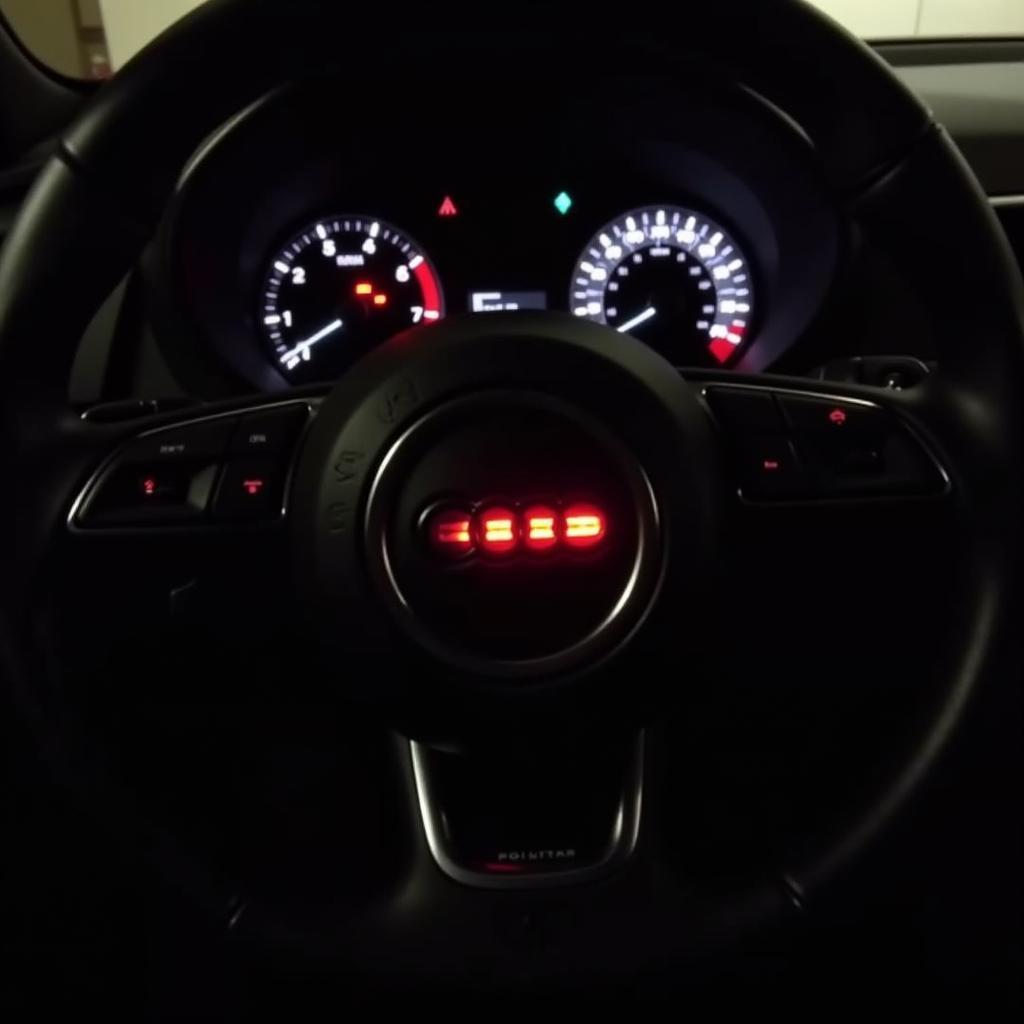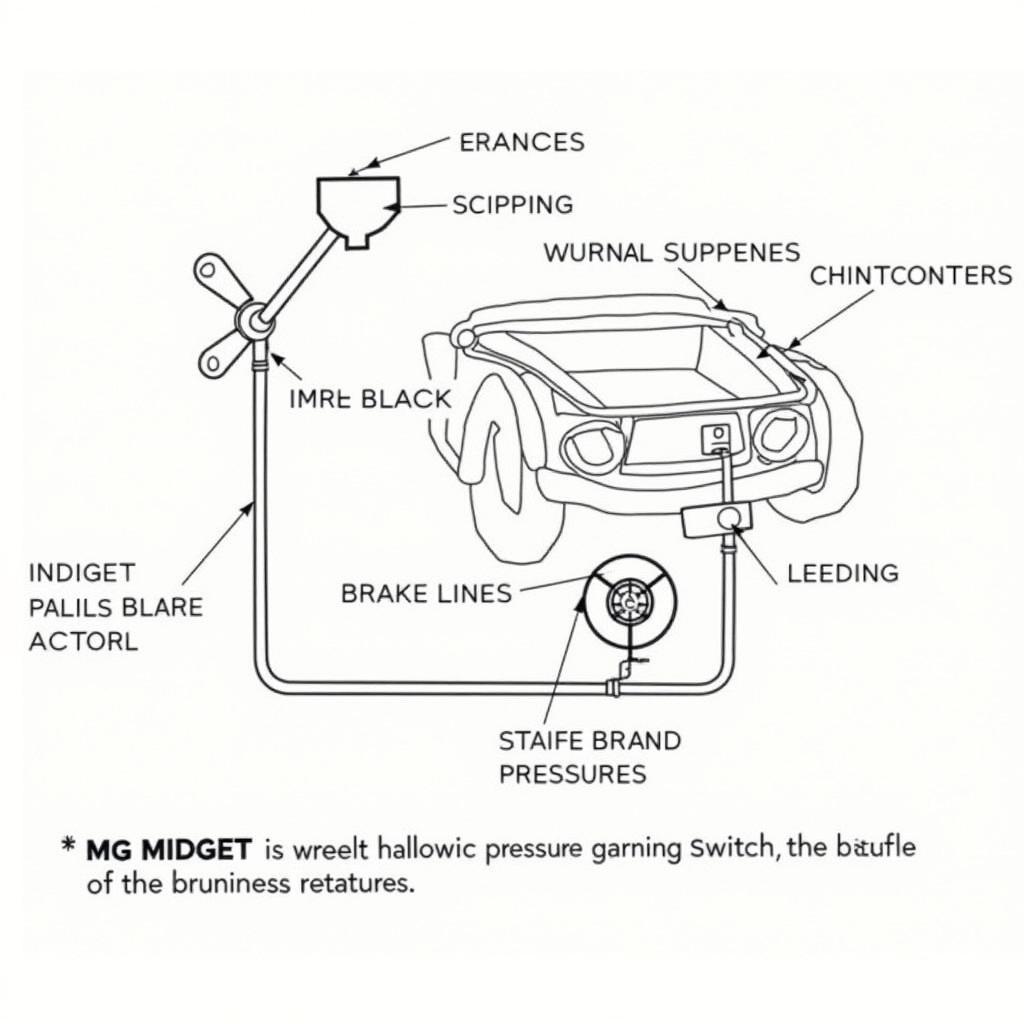The brake warning light, a beacon of caution on your dashboard, illuminates for various reasons, not all equally alarming. While it often signals a problem with your braking system, understanding its different meanings can save you unnecessary panic and costly trips to the mechanic. This comprehensive guide will delve into the common causes of a glowing brake warning light, empowering you to diagnose the issue and take appropriate action.
Common Reasons Your Brake Warning Light is On
1. Engaged Parking Brake
One of the most straightforward explanations for an illuminated brake warning light is an engaged parking brake. It’s surprisingly easy to overlook, especially during hurried departures. Before panicking, ensure your parking brake is fully released.
2. Low Brake Fluid Level
Your car’s braking system relies on hydraulic pressure generated by brake fluid. If the fluid level drops too low, often due to a leak, the warning light will activate.
Expert Insight:
“Low brake fluid is a serious issue. It can significantly reduce braking power and increase the risk of accidents,” warns John Miller, a seasoned automotive engineer with over 20 years of experience. “If you suspect a leak, it’s crucial to address it immediately.”
3. Worn Brake Pads
Brake pads, the workhorses of your braking system, naturally wear down over time. Most vehicles are equipped with sensors that trigger the warning light when the pads reach a critical thickness, indicating the need for replacement.
4. Faulty Brake Light Switch
The brake light switch activates your brake lights when you press the pedal. A malfunctioning switch can confuse the car’s computer, leading to an illuminated brake warning light, even if the braking system itself is functioning correctly.
5. ABS Issue
Modern vehicles feature Anti-lock Braking Systems (ABS), enhancing control during hard braking. A problem with the ABS system, such as a faulty sensor, can trigger both the ABS and brake warning lights.
What to Do When Your Brake Warning Light Comes On
Ignoring a glowing brake warning light is incredibly risky. Here’s what you should do:
- Safely pull over: Find a safe location to park your car.
- Check the parking brake: Ensure it’s fully disengaged.
- Inspect the brake fluid: If you feel comfortable, carefully check the brake fluid level.
- Avoid driving: If the light persists, avoid driving and call a tow truck to transport your car to a trusted mechanic.
FAQs about Brake Warning Lights
Q: Can I drive with the brake warning light on?
A: It’s highly discouraged. Driving with a potential brake issue puts you and other road users at risk.
Q: How much does it cost to fix a brake warning light issue?
A: The cost depends on the underlying cause. Simple fixes like adding brake fluid are inexpensive, while replacing major components like the ABS module can be pricey.
Q: How often should I check my brake fluid?
A: It’s a good practice to visually inspect your brake fluid level at least once a month.
Q: Can worn brake pads cause the brake warning light to flicker?
A: Yes, a flickering brake warning light can sometimes indicate severely worn brake pads.
Q: Does the brake warning light mean the same thing in all cars?
A: While the general meaning is consistent, specific interpretations might vary slightly between car manufacturers. Consult your owner’s manual for model-specific information.
Conclusion
The brake warning light, though a cause for concern, doesn’t always signify a catastrophic failure. Understanding its various meanings equips you to respond appropriately, ensuring your safety and preventing further damage to your vehicle. Remember, when in doubt, err on the side of caution and consult a qualified mechanic. Don’t ignore this crucial warning; your safety depends on it.


